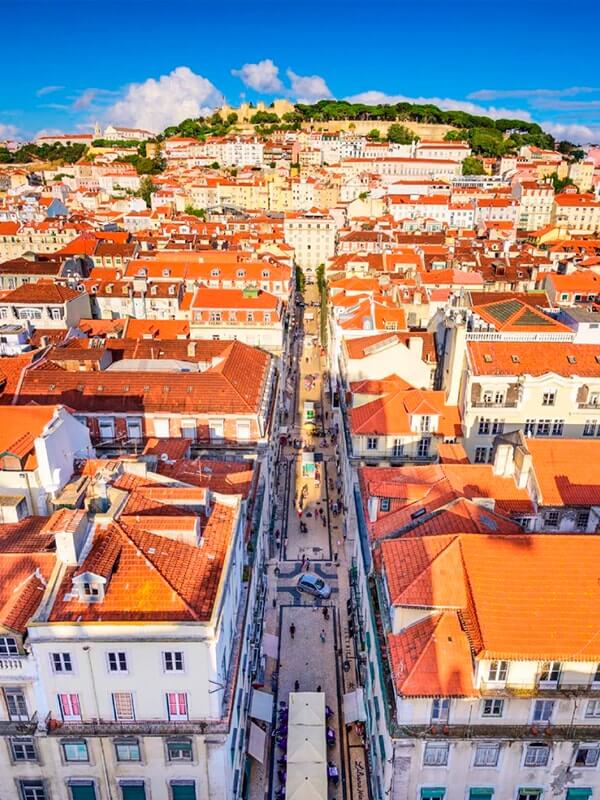
Lagos: where there is sunshine, good food and entertainment

From the beginning, much of what is served at Orta - the restaurant - comes from the land, translating the importance given there to the regional products.
It is also, with the Algarve flavours in the mouth, that the trip to the historic centre (and that can be done by bicycle or rented motorcycle) better knows. Between these narrow alleys, you will pass by the Plaza do Infante Dom Henrique, where you will find the museum nucleus of the Slaves Market, which will have been the first in Europe. From there, we follow the path to an old and restored the building, which is already connected to the church and barracks, to the Mar d'Estórias store. Célia Real and Luís Ledo transformed the old church into a showcase of products from various regions of the Algarve and the country, where you can now find peanut butter from Alcagoita, a reinterpretation of women's hoods from Olhão by the Tradition Bioco, wooden bicycles and Mud bags and carob chocolate.
The Portuguese soul feels in respect for what comes from the earth and it is difficult to resist combinations like carob bread and fig or carob pudding with lemon cream, gazpacho with dried octopus eggs and tuna to the Algarve, with onions and chips sweet potato. And in Lagos, there is a curious return to the Portuguese origins to be made by the enchantment of the foreigners.
This article is an abbreviated version of the original. To read the full article, click here.
